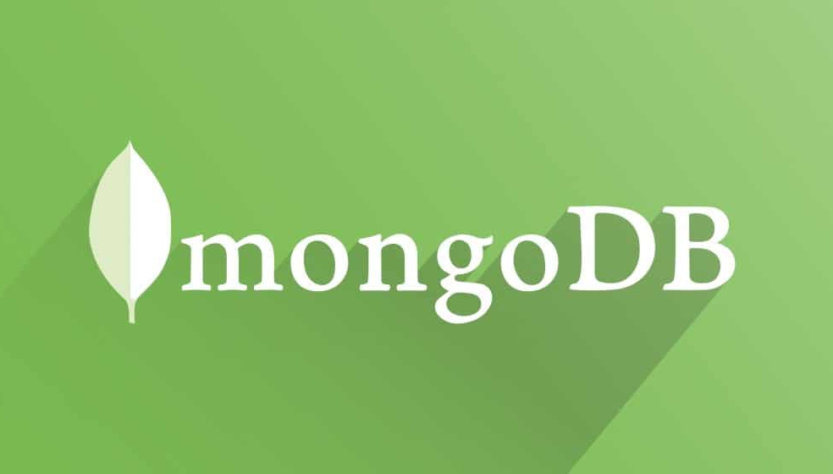Understanding MongoDB database is a collection of data stored systematically in a computer that can be processed or manipulated using software programs or applications to generate information. MongoDB is an open source NoSQL (Not only SQL) database product that uses the JSON data structure to store its data. MongoDB is very popular on the internet with its slogan “No database makes you more productive”. MongoDB is often used for cloud-based applications, grid computing, and big data.
What is MongoDB?
MongoDB is a general-purpose, document-based, distributed database built for modern application development in the cloud era. As we mentioned earlier, MongoDB is a type of NoSQL database based on documents in JSON format. If in other SQL RDBMS data is stored in the form of tables, then in MongoDB the data is stored in the form of documents with json format. Also, MongoDB has no relation or non-relational between tables. Some examples of databases with other NoSQL concepts such as, MongoDB, ArangoDB, Redis, Casandra, and others. MongoDB was created by Dwight Merriman and Eliot Horowitz, two very experienced database experts when building a web application called Google’s DoubleClick. The name MongoDB is taken from the word humongous which means the idea of supporting large amounts of data. And since its inception, MongoDB has been used by many world-class entities and companies. These include Craiglist, CERN (European nuclear organization), to the well-known newspaper The New York Times in New York, United States.
How MongoDB Works
The data stored in MongoDB is in the form of JSON documents. The document is a data structure consisting of key and value pairs. The parts of the structure in a document are similar to the columns in a relational database, and the values they contain. Can be a variety of data types, including other documents, arrays, and array documents. Based on the data storage model, NoSQL/MongoDB databases are grouped according to the document storage format, namely:
- Document Database, that is, every data object is stored in one document. The document itself can consist of key-values, and the values themselves can be arrays or nested key-values.
- Graph, which is a data storage format in a graph structure. The graph format is used for interconnected data such as social networks. Examples of Neo4J and FlockDB. FlockDB which is currently used by twitter.
- Key-Value, is a data structure consisting of pairs (key) and value (value). Another example of this type of database is Apache Cassandra.
- Object Database, which is a database format stored in objects. Object here is the same as understanding objects in object-oriented programming.
Pros of using MongoDB
The following are some of the benefits or advantages if you use the MongoDB database in your application. Its use is also very popular so that not a few are familiar with what MongoDB is. MongoDB itself is already very familiar among developers because of its advantages.
1. Holds many types of data
MongoDB is a NoSQL database that can be used to efficiently store structured, semi-structured and unstructured data on a large scale (big data/cloud). Using OOP in accessing or manipulating data. NoSQL does not recognize rigid table schemas with rigid data formats. NoSQL is very suitable for unstructured data, the short term for this feature is Dynamic Schema.
2. Embedded document
When creating a table in MongoDB, each row column will have an embedded document or embedded row. Each row can have different columns from other rows. Even the first row can have 20 columns, then the 100th to 1000th rows may have 40 columns. When compared to RDBMS, each row column is fixed or the same with each other, Using MongoDB is more profitable because MongoDB can also be created like tables in RDBMS.
3. Can work automatically in creating table structures
Users also no longer need to create structured tables, because MongoDB will work automatically to create table structures during the insert process. A collections or table term in MongoDB, is able to make each document have the same column that is when the collection is created, the capped parameter is set to true.
4. Using javascript, so easy to understand
The use of language in MongoDB Query is not like that used in SQL, but uses Javascript. So that users can create a stored procedure with the Javascript. Then when you create a new document, it will automatically create a document id by default. So that it will make it easier for users who need an id without having to create their own.
5. Scalability
The main advantage of MongoDB is its horizontal scalability which makes it a useful database for companies running big data programs. In addition, the existence of sharding allows the database to distribute data across a set of machines. The latest versions of MongoDB also support zoning data based on shard keys.
6. No Schema required
MongoDB does not require a predefined schema and stores all forms of data. This gives users the flexibility to create any number of fields in a document, making it easier and making MongoDB databases scale as compared to relational databases.
Conclusion
MongoDB is a general-purpose, document-based, distributed database built for modern application development in the cloud era. MongoDB is a type of NoSQL database based on documents in JSON format. Those are some explanations about the understanding, workings, and advantages of the MongoDB database that can be shared on this occasion. If there is something you want to ask or have something to say, please comment in the comments column below, thank you.
The need for digital IT is needed in daily activities, Bead IT Consultant is the right choice as your partner, visit our website by clicking this link: www.beadgroup.com

